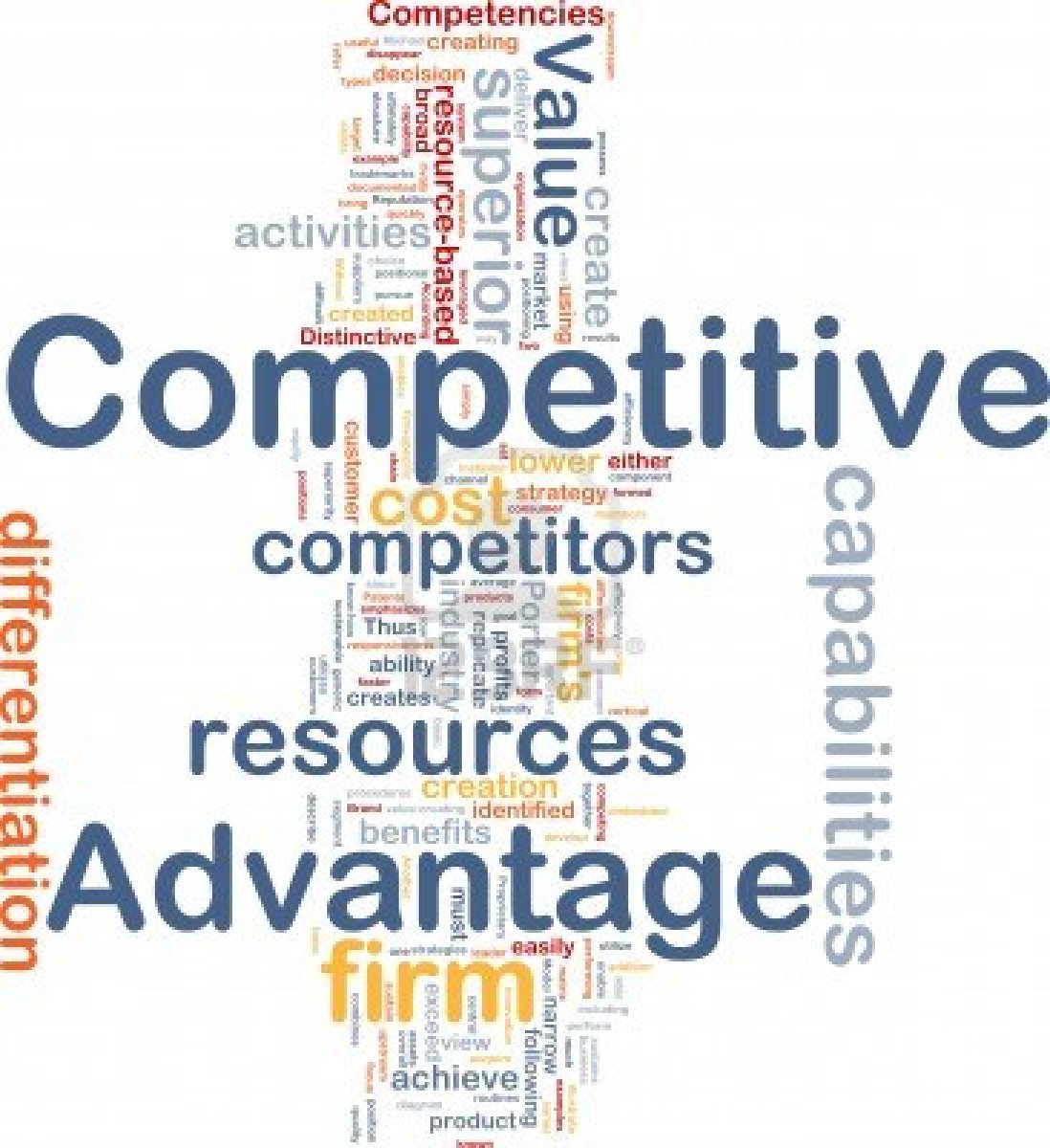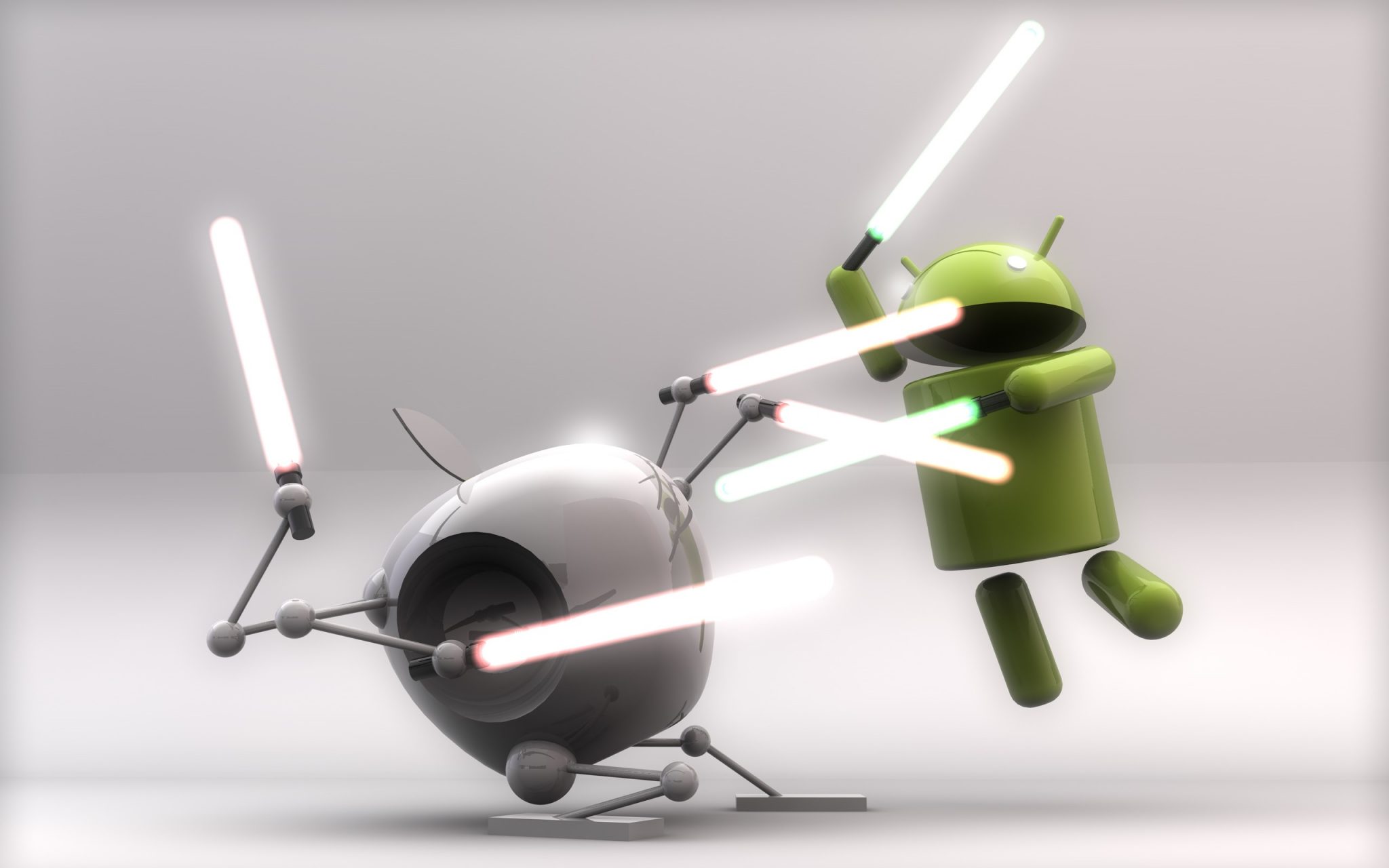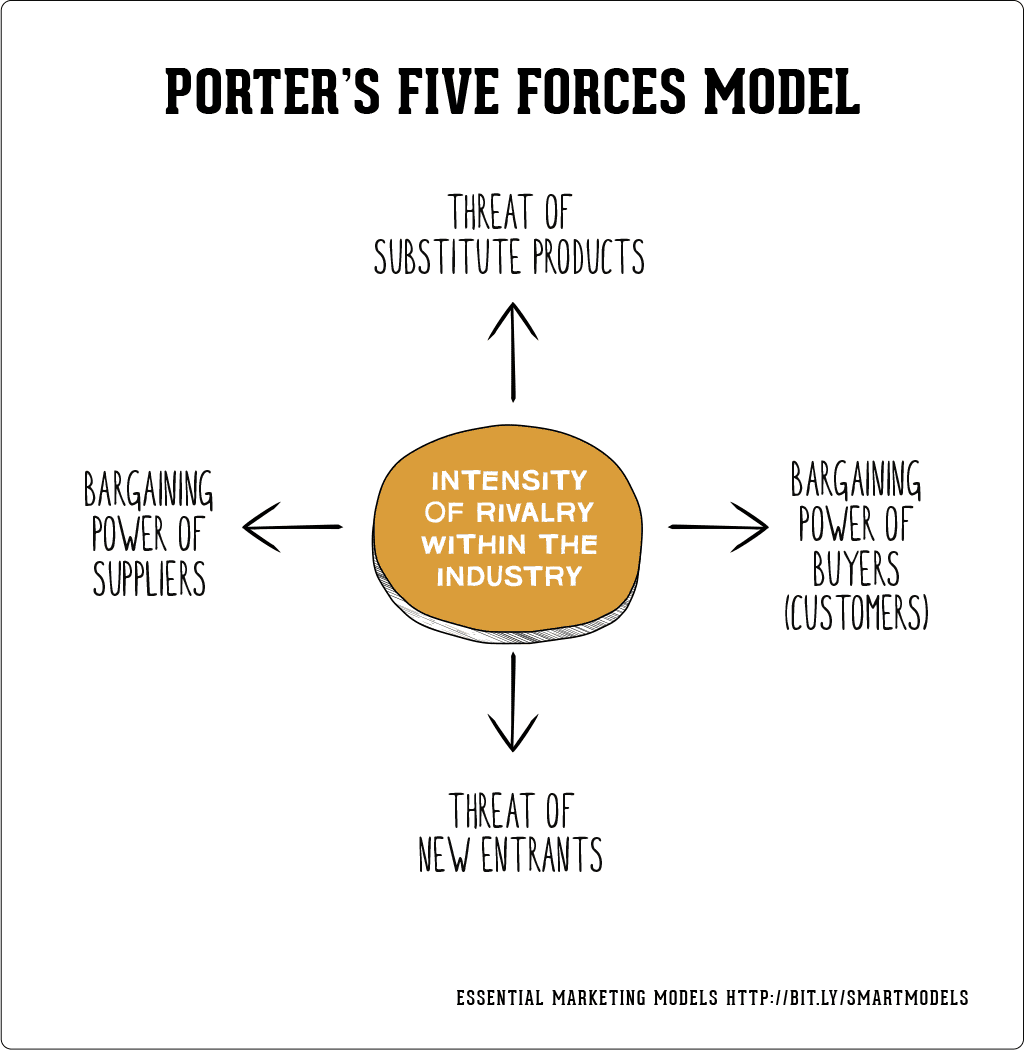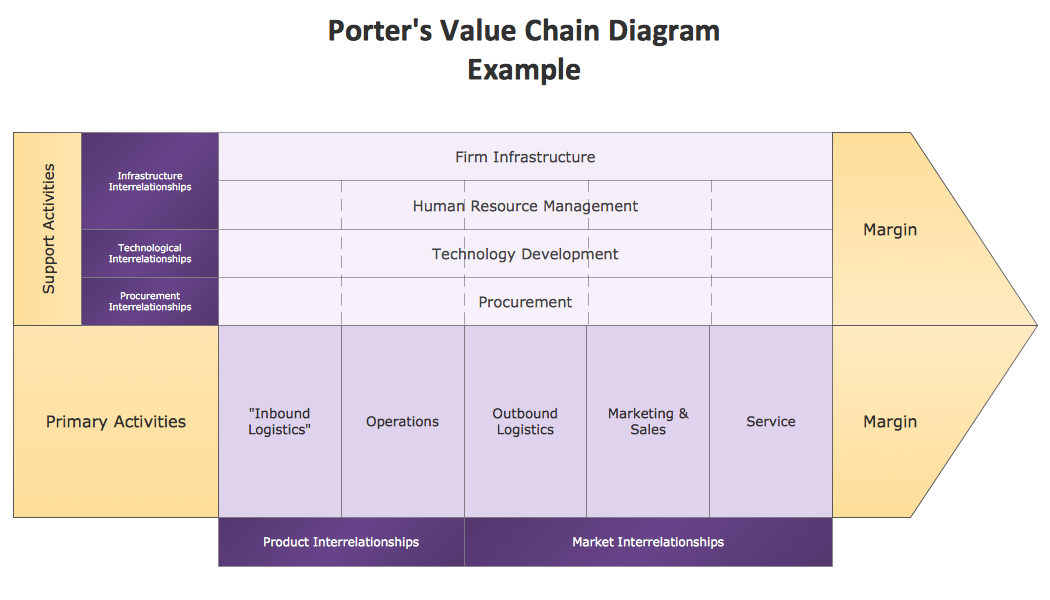Don't stay behind, let move forward as now we are revising our 3rd chapter.
Chapter 3 is all about Strategic Initiatives for Implementing Competitive Advantage.
This chapter introduces high-profile strategic initiatives that organization can undertake to help it gain competitive advantages and business efficiency-supply chain management (SCM), customer relationship management (CRM), business process reengineering (BPR), and enterprise resource planning (ERP).
four basic components of supply chain management are:
- Supply Chain Strategy: A plan to manage all the resources need it by customers to supply their own products and services.
- Supply Chain Partners: The associates to the business, picked by the company to deliver their finish products and other tasks such as pricing, delivering, selling, and paying partnership.
- Supply Chain Operation: The way and time of production activities are conducted, from the packing to the testing, from productivity and quality of such.
- Supply Chain Logistics: The way the product is being deliver, the cars and carriers, invoicing the product and returns.
It manages everything that involves the customer's relationship with the company. The way this is conducted determines the loyalty of a customer and the profits they will maintain with them. It allows the organization to observe the customers behavior when buying from it.

Business process re-engineering is a business management strategy, originally pioneered in the early 1990s, focusing on the analysis and design of workflows and processes within an organization. BPR aimed to help organizations fundamentally rethink how they do their work in order to dramatically improve customer service, cut operational costs, and become world-class competitors.BPR seeks to help companies radically restructure their organizations by focusing on the ground-up design of their business processes. Re-engineering emphasized a holistic focus on business objectives and how processes related to them, encouraging full-scale recreation of processes rather than iterative optimization of sub-processes.
Business process re-engineering is also known as business process redesign, business transformation, or business process change management
Enterprise resource planning (ERP) is business management software that allows an organization to use a system of integrated applications to manage the business. ERP software integrates all facets of an operation, including product planning, development, manufacturing processes, sales and marketing.
eg :
that all for today :)
thank you..





















